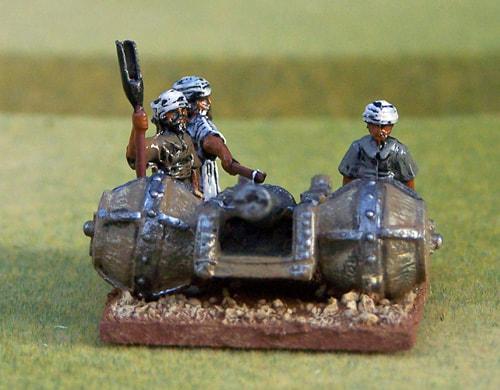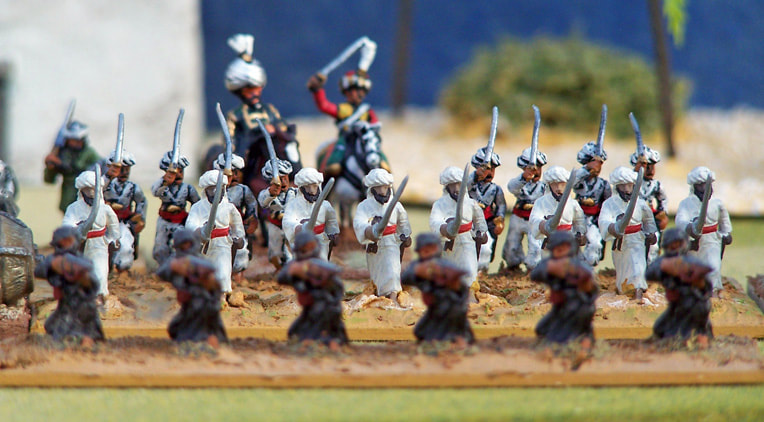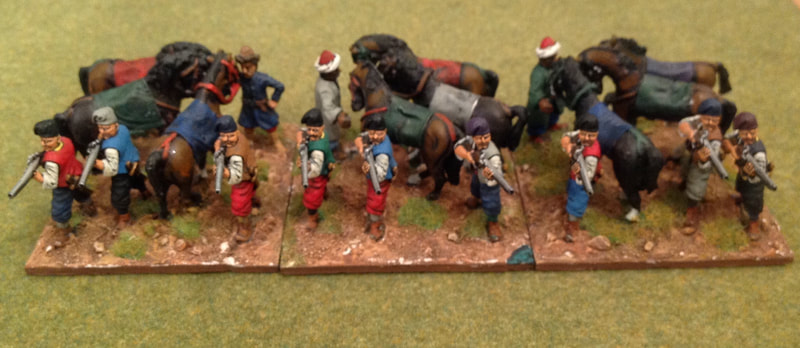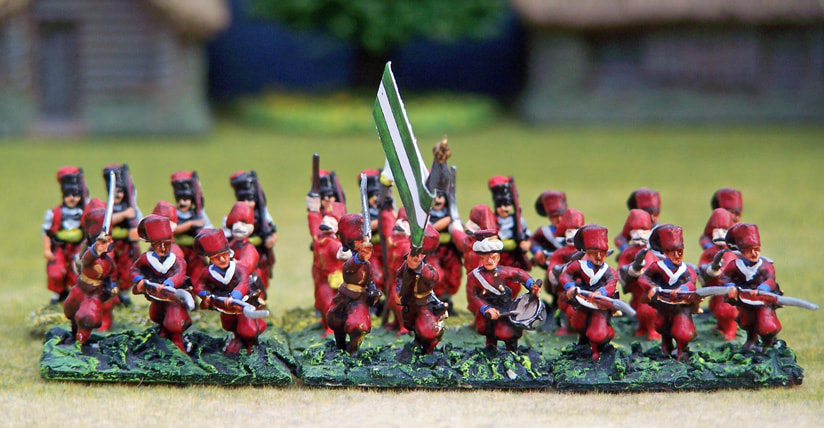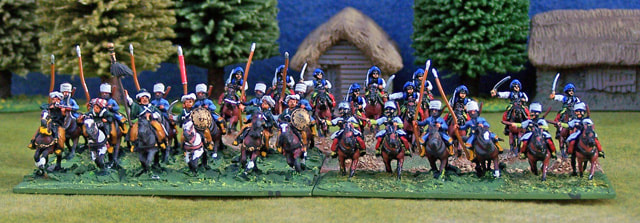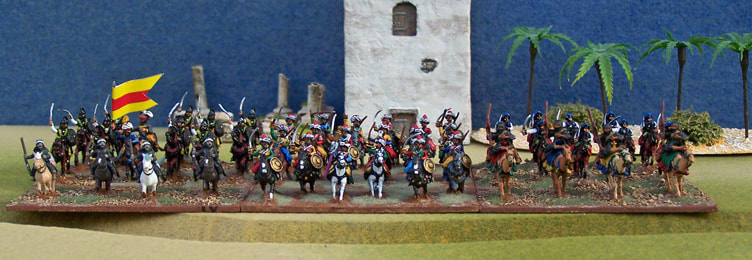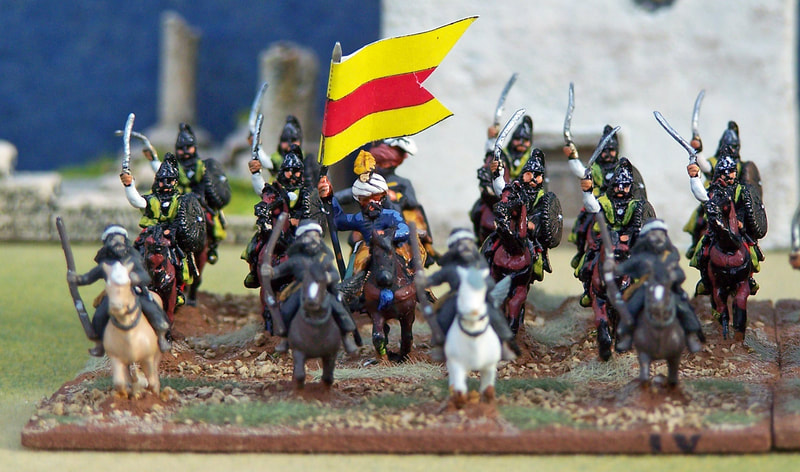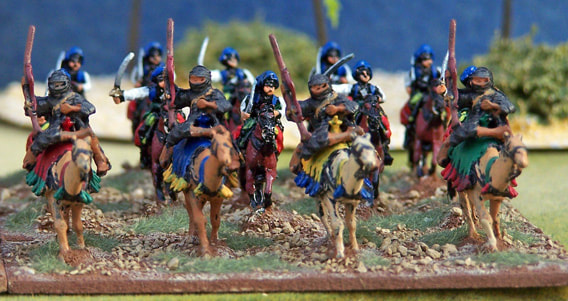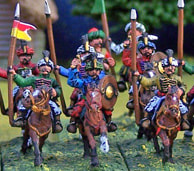- Home
- About
-
Travel
-
Features
- Dyrrachion1081
- Normans in the Balkans
- Manolada 1316
- Kosovo 1389
- Castles on the Danube
- Late Medieval Bosnian Army
- Doboj 1415
- Wallachian and Moldovan troops of the Napoleonic wars
- Anchialos 917
- Slovenian Borderlands
- The Zadruga and the Military Border
- Cretan War in the Adriatic
- Salonika 1916
- Uskoks of Senj
- Siege of Klis 1537
- Eugene in the Balkans
- Moldavian Surprise 1711
- Austro-Turkish War 1737-9
- Militargrenze
- Invading Ottoman Turkey
- Siege of Ragusa 1814
- Russo-Turkish War 1806-12
- Serbian Uprising 1815
- Ali Pasha
- Ottoman Army 1826
- Aleksinac 1876
- Shipka Pass
- Slivnitsa 1885
- Romanian Army 1878
- Austrian forts 19thC
- Kumanovo 1912
- Catalca Lines
- Adrianople 1912-13
- Kajmakcalan 1916
- The other 1918 campaign
- Macedonia air war WW1
- War of the Stray Dog
- Royal Yugoslavian armed forces
- Blunder in the Mountains
- Romanian SS
- Gebirgsjager in the Balkans
- Knights Move 1944
- Vis during WW2
- HLI in the Adriatic
- Adriatic Cruel Seas
- Dalmatian Bridgehead
- Cyprus 1974
- Transnistrian War
- Ottoman Navy Napoleonic wars
- Medieval Balkans
- Balkan lockdown quiz >
- Reviews
-
Armies
- Ancient Greeks
- Pyrrhic army of Epirus
- Dacian wars
- Goths
- Late Roman
- Comnenan Byzantine Army
- Normans
- Serbian medieval
- Albanian medieval
- Wallachian medieval
- Bosnian Medieval
- Catalan Company
- Polish 17C
- Austrian Imperialist
- Ottoman
- Austrian 18thC
- Russian Early 18thC
- Ottoman Napoleonic
- Greek Revolution
- 1848 Hungarian Revolution
- Russian Crimean war
- Romanian Army of 1877
- Ottoman 1877
- Russian 1877
- Balkan Wars 1912-13
- Macedonia WW1
- Greece WW2
- Italian Army WW2
- Gebirgsjager WW2
- Hungary WW2
- Turkey WW2
- Soviet Union WW2
- Bulgaria WW2
- Turkish Korean War Brigade
- Balkan Wars 1990s
- Links
- Books
Ottoman Napoleonic
The Ottoman empire in the Napoleonic period was still a significant player in world affairs. The Empire stretched from the Balkans to North Africa in a complex structure of central control and local administration. The main problem was the refusal of provincial rulers to obey the Sultan and this led to many local revolts.
The army was at war during most of this period. The main antagonist was Tsarist Russia, keen to expand southwards into the Balkans, although campaigns were also fought against the Empire's traditional western ally France in Egypt. The army itself had not modernised and remained a colourful mix of troops from across the Empire. Attempts at modernisation were resisted by traditionalists, a problem that would not be resolved before the Janissaries were destroyed in 1826.
The figures below are 15mm based for Principles of War rules and come from a variety of ranges including Minifigs, AB, Essex and most recently Venexia.
The army was at war during most of this period. The main antagonist was Tsarist Russia, keen to expand southwards into the Balkans, although campaigns were also fought against the Empire's traditional western ally France in Egypt. The army itself had not modernised and remained a colourful mix of troops from across the Empire. Attempts at modernisation were resisted by traditionalists, a problem that would not be resolved before the Janissaries were destroyed in 1826.
The figures below are 15mm based for Principles of War rules and come from a variety of ranges including Minifigs, AB, Essex and most recently Venexia.
